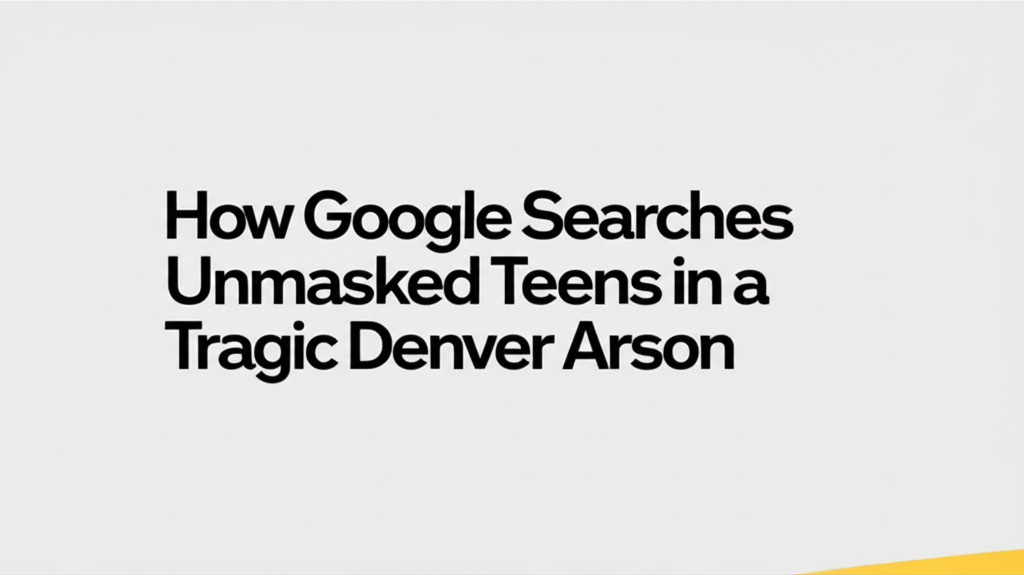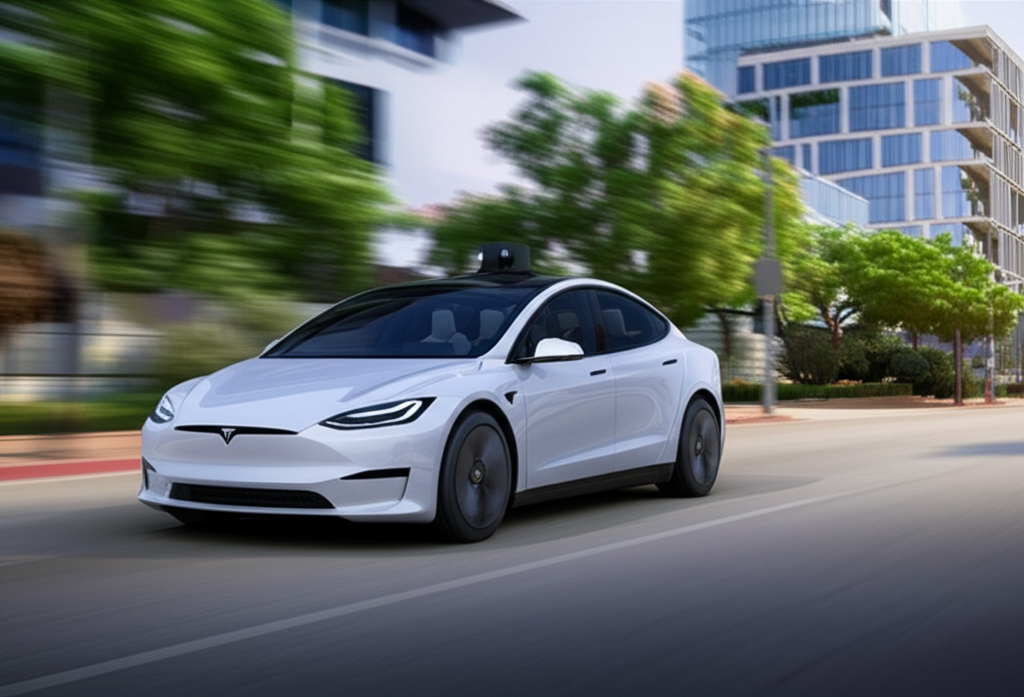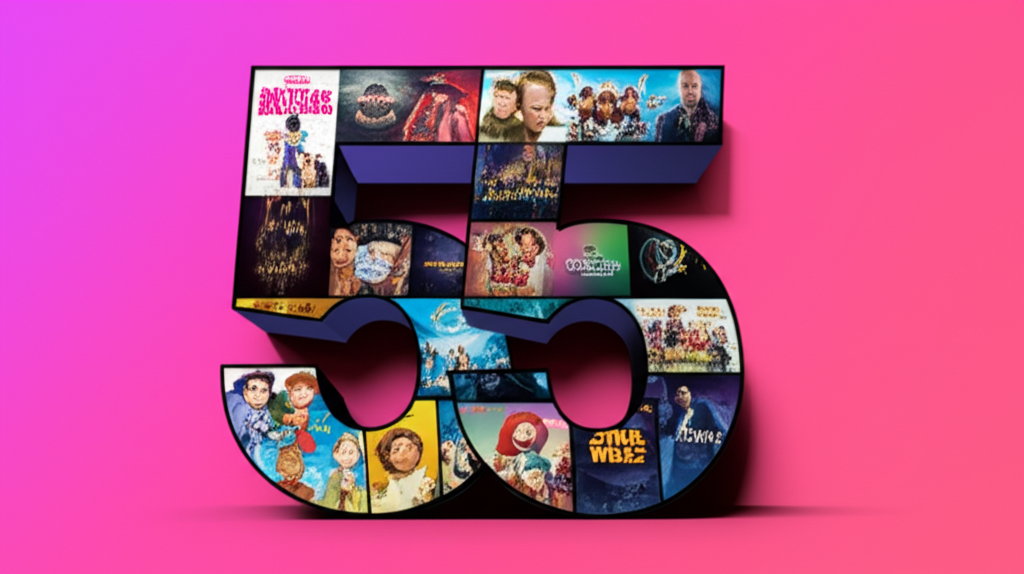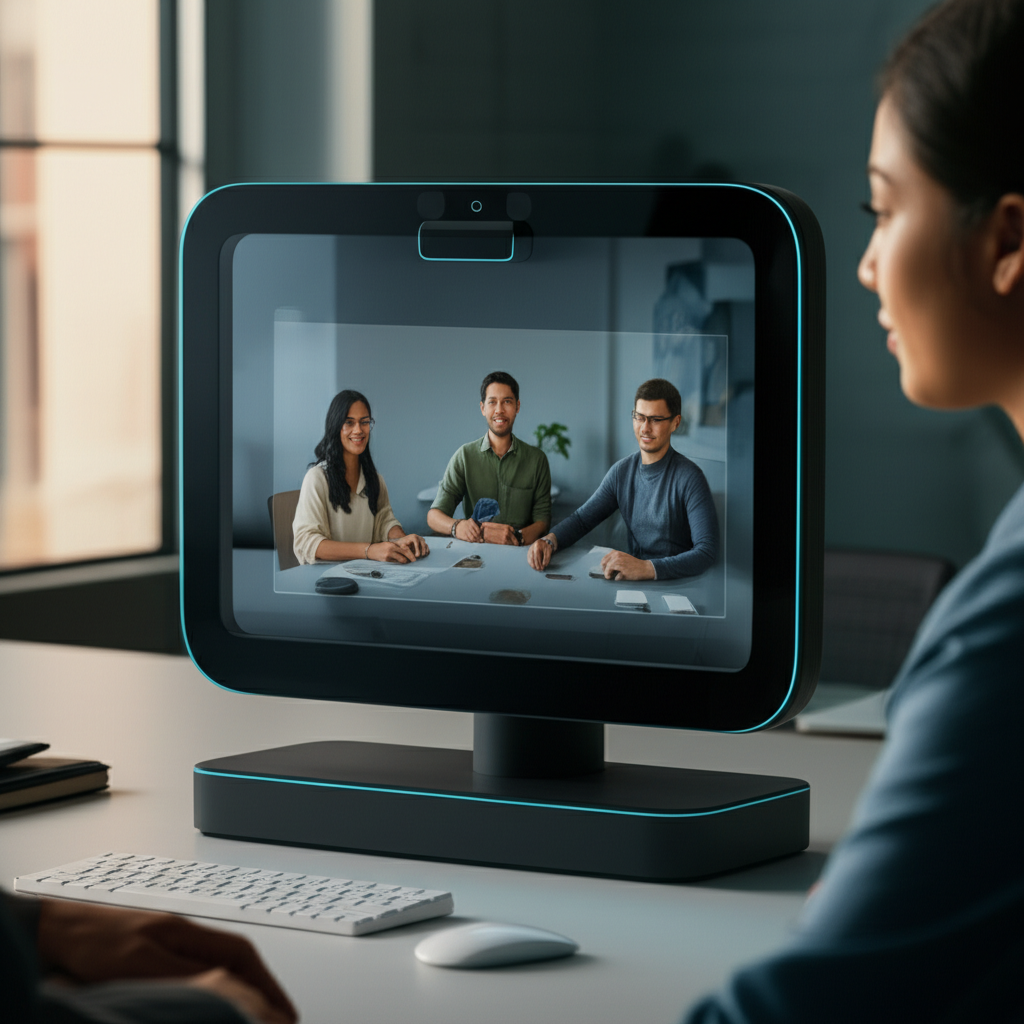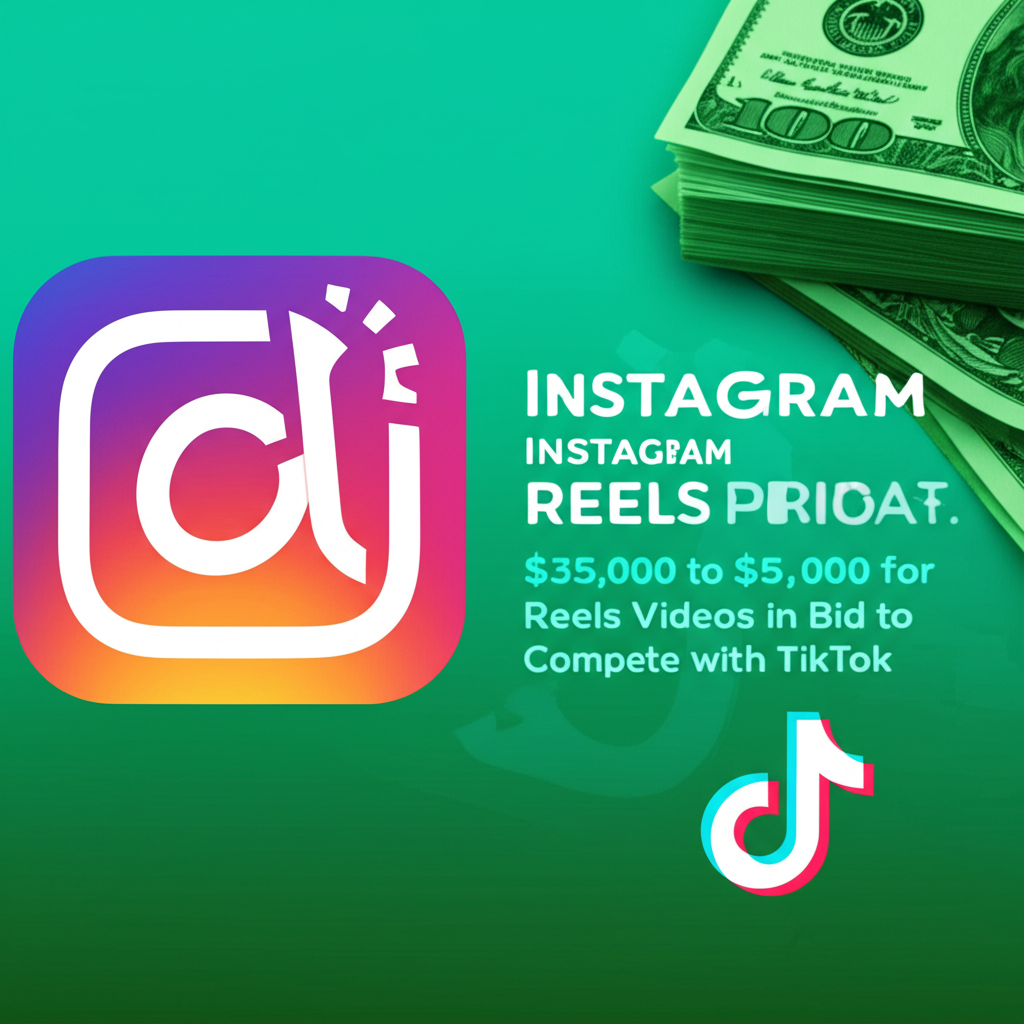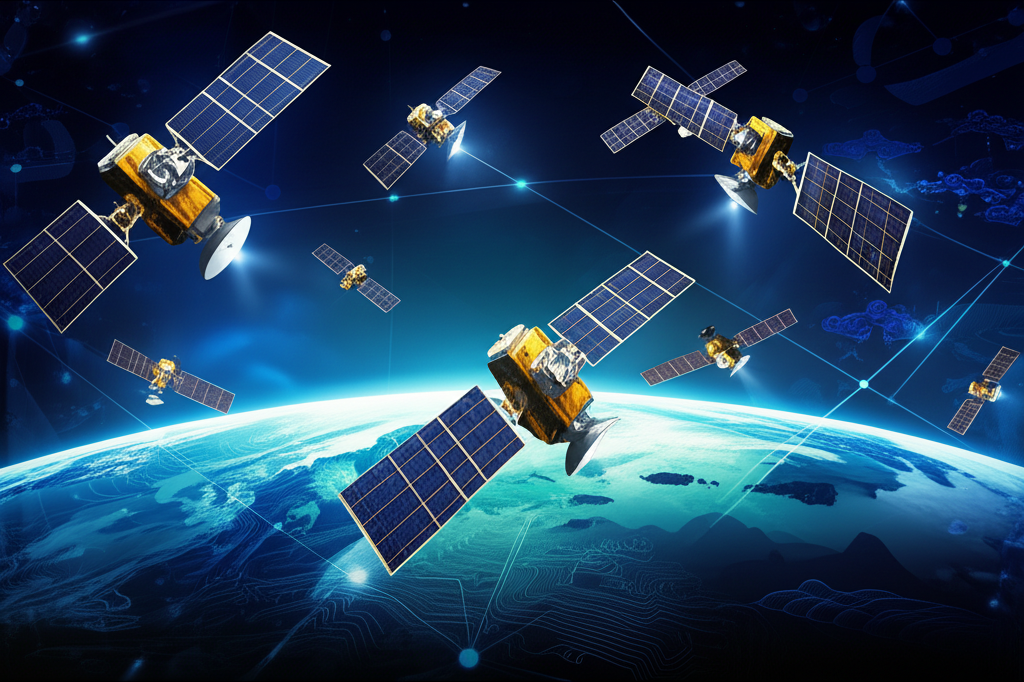Google and Warby Parker Forge Alliance for AI-Powered Smart Glasses with $150 Million Commitment
In a significant announcement made during Google I/O 2025, Google revealed a strategic partnership and substantial financial commitment of up to $150 million to the popular consumer eyewear company, Warby Parker. The collaboration aims to jointly develop a new generation of AI-powered smart glasses, built upon Google's Android XR platform. This move signals Google's renewed and intensified focus on the burgeoning field of wearable augmented reality and its ambition to integrate advanced artificial intelligence directly into everyday eyewear.
A Deep Dive into the Investment and Partnership Structure
The financial commitment from Google is structured in two phases, totaling up to $150 million. The initial phase involves a direct investment of $75 million dedicated specifically to funding Warby Parker's product development and commercialization costs associated with the smart glasses project. This upfront capital underscores Google's seriousness about accelerating the development timeline and bringing a viable product to market.
An additional $75 million is contingent upon Warby Parker achieving certain predetermined milestones. These milestones likely relate to development progress, technological breakthroughs, design finalization, or perhaps even initial production targets. This performance-based component incentivizes Warby Parker to meet aggressive development goals and ensures Google's investment is tied to tangible progress. Furthermore, this second tranche of funding will involve Google taking an equity stake in Warby Parker, deepening the strategic alignment between the two companies beyond just a project-specific collaboration.
This investment structure is not merely a funding mechanism; it represents a shared risk and reward model. Warby Parker brings its expertise in eyewear design, manufacturing, distribution, and retail, while Google contributes its cutting-edge AI research, software platforms (Android XR, Gemini), and hardware development experience. The joint development aspect is crucial, suggesting a tight integration of teams and technologies rather than a simple vendor-client relationship.
Android XR and the Power of Multimodal AI
The foundation of these new smart glasses will be Android XR, Google's operating system framework designed for extended reality devices, encompassing augmented reality (AR), virtual reality (VR), and mixed reality (MR). While previous Google efforts in AR/VR often felt fragmented or experimental, Android XR represents a more cohesive platform strategy, aiming to provide a robust and familiar ecosystem for developers and users alike across various form factors, including glasses.
Integrating Android XR into smart glasses means they will likely leverage the vast Android developer community and ecosystem. This could potentially lead to a wide range of applications and functionalities being developed for the eyewear, from practical tools to entertainment and communication features. The platform is designed to handle the unique challenges of wearable computing, such as low power consumption, real-time environmental understanding, and seamless interaction.
A key technological pillar of the Warby Parker collaboration is the incorporation of "multimodal AI." Google's Gemini AI, known for its ability to process and understand information across different modalities (text, images, audio, video), is expected to be central to this. For smart glasses, multimodal AI is transformative. It means the glasses won't just display information; they could potentially:
- Understand spoken commands and respond conversationally (audio input/output).
- Analyze the wearer's visual environment in real-time (camera input).
- Overlay relevant digital information onto the real world (visual output/AR).
- Process text seen through the lenses (visual input/OCR).
- Recognize objects, places, or even people (visual input/computer vision).
- Provide contextual information based on location and time.
Imagine walking down a street and your glasses discreetly provide information about a landmark you're looking at, translate a sign in a foreign language, or give you directions overlaid onto your path. Multimodal AI makes these scenarios possible by allowing the device to perceive and interpret the world around the wearer in a sophisticated, human-like manner.
Drawing Parallels with Meta's Strategy
Google's approach with Warby Parker bears a striking resemblance to Meta's successful partnership with EssilorLuxottica, the parent company of Ray-Ban. The Ray-Ban Meta Smart Glasses have gained traction, partly due to their design which closely mimics traditional Ray-Ban frames, making them more socially acceptable and appealing than bulkier predecessors like Google Glass.
Meta leveraged Ray-Ban's iconic design language and extensive retail presence to distribute their smart glasses. This allowed them to reach a broader consumer base through familiar channels, overcoming some of the hurdles faced by tech companies trying to sell wearables solely through electronics stores or online. The partnership focused initially on core functionalities like photo/video capture, audio playback, and hands-free calls, integrating them subtly into stylish frames.
Google seems poised to replicate this model with Warby Parker. Warby Parker is known for its fashionable, affordable, and widely popular eyewear designs, as well as its strong direct-to-consumer brand and physical retail stores. Partnering with them provides Google with immediate access to eyewear design expertise and a established distribution network that resonates with consumers who prioritize style and comfort alongside technology.
The expectation is that the Google-Warby Parker glasses will also prioritize a sleek, wearable design that doesn't immediately scream "tech gadget." By looking like regular glasses, they stand a better chance of mass adoption. Furthermore, selling them through Warby Parker's stores could provide potential customers with the opportunity to try them on, get fitted, and even order them with prescription lenses – a critical factor for a product meant to replace or augment daily eyewear.
While the strategic partnership model is similar, the technological focus appears different. Meta's initial Ray-Ban glasses were more focused on media capture and communication. Google's emphasis on Android XR and multimodal AI from the outset suggests a stronger push towards augmented reality and intelligent, context-aware assistance as core features.
The Broader Smart Glasses Landscape
The smart glasses market is still in its nascent stages, marked by both ambitious attempts and notable failures. Google Glass, while pioneering, faced challenges related to design, privacy concerns, and a lack of clear consumer use cases. Other companies have launched products with varying degrees of success, often focusing on niche applications (e.g., industrial use, specific sports) or limited feature sets (e.g., audio-only glasses).
Meta's Ray-Ban partnership represents the most successful attempt to date at creating a consumer-friendly smart glass product that balances technology with fashion. However, these glasses are still primarily camera/audio devices with limited AR capabilities.
Apple is widely rumored to be working on its own AR glasses, potentially integrating deeply with its ecosystem of devices and services. Other players, including smaller startups and established tech companies like Samsung (also partnering with Google on Android XR glasses), are exploring various approaches.
The market faces several significant hurdles:
- **Design and Form Factor:** Making glasses that are lightweight, comfortable, stylish, and don't look overtly "techy."
- **Battery Life:** Powering processors, sensors, displays, and connectivity in a small form factor is challenging.
- **Heat Dissipation:** Components generate heat, which is uncomfortable when worn on the face.
- **Display Technology:** Creating bright, clear, and power-efficient displays that can overlay information onto the real world without obstructing vision.
- **Privacy Concerns:** Cameras and microphones on glasses raise significant privacy issues for both the wearer and those around them.
- **Killer App:** Identifying compelling, everyday use cases that justify the cost and potential social awkwardness.
- **Prescription Integration:** A large percentage of the population wears prescription glasses, and integrating this seamlessly is essential for mass adoption.
Google and Warby Parker's partnership directly addresses the design and prescription integration challenges by leveraging Warby Parker's core business. Their focus on Android XR and multimodal AI aims to tackle the "killer app" problem by enabling a wide range of intelligent, context-aware functionalities.
Google's Journey in AR and Wearables
Google's interest in augmented reality and wearable technology is not new. Beyond the well-known Google Glass experiment, the company has invested heavily in AR software (ARCore), integrated AR features into its search and mapping products, and developed wearable operating systems (Wear OS for smartwatches). However, a truly successful, mass-market consumer AR hardware product has remained elusive.
The partnership with Warby Parker, alongside collaborations with Samsung and Gentle Monster announced at the same I/O event, signifies a more distributed and collaborative strategy for hardware development. Instead of solely relying on internal hardware teams (like with Pixel phones or Nest devices), Google is partnering with companies that have specific expertise in different form factors and consumer markets.
This approach allows Google to focus on the underlying platform (Android XR) and AI capabilities (Gemini), while leveraging partners for design, manufacturing, and distribution tailored to specific product categories like eyewear. It's a recognition that bringing complex wearable technology to market requires diverse skill sets and established consumer channels.
Warby Parker's Unique Contribution
Warby Parker is more than just an eyewear retailer; it's a lifestyle brand known for disrupting the traditional glasses market with its direct-to-consumer model, affordable pricing, and focus on design and customer experience. Their brand identity is built around making glasses accessible and fashionable.
This brand perception is invaluable for Google's smart glasses ambitions. A significant barrier to wearable tech adoption has been aesthetics. By partnering with Warby Parker, Google gains access to designers who understand how to create glasses that people actually *want* to wear, not just for the technology, but for the look and feel.
Furthermore, Warby Parker's retail stores offer a crucial touchpoint for consumers. Trying on glasses is a highly personal experience, and the ability to do so in a familiar eyewear store environment, potentially getting fitted and ordering prescription lenses on the spot, removes a major hurdle for potential buyers of smart glasses.
Warby Parker's operational expertise in manufacturing and distributing eyewear at scale is also a critical asset. Scaling production for a consumer electronics device integrated into glasses frames presents unique manufacturing challenges that Warby Parker is well-equipped to handle.
Potential Features and Use Cases
While specific features for the first line of Google-Warby Parker glasses launching "after 2025" are not detailed, the mention of multimodal AI and Android XR provides strong clues about potential capabilities:
- **Contextual Information:** Displaying relevant information based on what the wearer is seeing or where they are. E.g., historical facts about a building, reviews of a restaurant, product information when looking at an item.
- **Navigation:** Overlaying directions onto the real world, making it easier to follow routes without looking at a phone.
- **Real-time Translation:** Translating spoken language or text seen through the lenses.
- **Notifications and Communication:** Discreetly displaying notifications from a connected phone, allowing hands-free calls or message dictation.
- **Health and Fitness Tracking:** Potentially integrating sensors for activity tracking, posture monitoring, or even eye health.
- **Accessibility Features:** Assisting individuals with visual impairments or other disabilities through object recognition, text-to-speech, or navigation aids.
- **Hands-Free Computing:** Interacting with Google Assistant or other AI services using voice commands or subtle gestures.
- **Photography and Videography:** Capturing photos and videos from a first-person perspective, similar to Ray-Ban Meta glasses.
The "multimodal" aspect is key here. The glasses could combine visual input (what you see), audio input (what you hear or say), and contextual data (location, time, calendar) to provide truly intelligent assistance. For example, looking at a train schedule display could trigger the AI to tell you if your train is on time, or looking at a menu could bring up dietary information or reviews.
Challenges Ahead
Despite the promising partnership and investment, significant challenges remain in bringing mass-market smart glasses to fruition:
- **Battery Life:** This is perhaps the biggest technical hurdle. Powerful processors, displays, and sensors consume considerable power, and fitting a sufficient battery into a lightweight frame is difficult.
- **Thermal Management:** Preventing the device from overheating on the wearer's face is crucial for comfort and safety.
- **Social Acceptance and Privacy:** Overcoming the "Glasshole" stigma and addressing public concerns about being recorded or scanned without consent is paramount. Clear indicators when recording is active will be necessary.
- **Cost:** Advanced components and complex manufacturing processes can make smart glasses expensive, limiting consumer adoption.
- **Dependence on Phone:** Will these glasses be standalone devices or require a constant connection to a smartphone? Standalone capability is the ultimate goal but adds complexity.
- **Developer Ecosystem:** Building a robust ecosystem of compelling applications for Android XR on glasses will be essential for long-term success.
Google and Warby Parker will need to navigate these challenges carefully. The phased investment and joint development suggest a long-term commitment, acknowledging that these issues won't be solved overnight.
Timeline and Future Products
The press release indicates that the first line of eyewear from this partnership will launch "after 2025." This timeline suggests that while development is underway, a consumer-ready product is still more than a year away from the Google I/O 2025 announcement date. This allows time for significant R&D, miniaturization of components, refinement of the user experience, and addressing the technical hurdles mentioned above.
The intention to launch a "series of products over time" is also noteworthy. This implies that the first product will likely be an initial iteration, with future versions incorporating more advanced features, improved form factors, and potentially targeting different market segments. This phased approach is common in emerging technology markets, allowing companies to learn from initial releases and iterate based on user feedback.
Crucially, the first line will support both prescription and non-prescription lenses. This is a smart move, immediately addressing a large segment of the potential market and leveraging Warby Parker's core competency. Integrating the technology seamlessly with prescription optics adds another layer of engineering complexity but is vital for widespread adoption.
Implications for the Future of Computing
The Google-Warby Parker partnership is more than just a new gadget; it represents a step towards a future of ambient computing, where technology is seamlessly integrated into our environment and daily lives. Smart glasses, particularly those powered by sophisticated AI and AR platforms like Android XR, have the potential to shift computing away from screens and into our direct line of sight.
This could change how we access information, interact with digital services, and perceive the world. It moves computing from a task we sit down to do (on a computer or phone) to something that is always available, contextually aware, and integrated into our natural interactions with the physical world.
Success in this market could position Google at the forefront of the next major computing paradigm shift, much like Android did for smartphones. By partnering with a consumer brand like Warby Parker, Google is attempting to ensure that this future is not only technologically advanced but also fashionable, accessible, and socially integrated.
Conclusion: A Vision Through Smart Lenses
Google's commitment of up to $150 million and strategic partnership with Warby Parker marks a significant escalation in its efforts to conquer the consumer smart glasses market. By combining Google's prowess in AI and software platforms like Android XR with Warby Parker's expertise in eyewear design, manufacturing, and retail, the collaboration is well-positioned to tackle the complex challenges that have plagued previous attempts in this space.
The focus on multimodal AI promises a future where our glasses are not just displays, but intelligent assistants that understand our environment and provide relevant, timely information and assistance. While the "after 2025" launch date indicates patience is required, the intent to develop a series of products, including prescription options, signals a long-term vision.
The path to mass adoption of smart glasses is still fraught with technical, social, and economic hurdles. However, the strategic alignment between a tech giant like Google and a beloved consumer brand like Warby Parker, coupled with substantial investment and a clear technological direction towards AI-powered AR, makes this partnership one of the most promising efforts yet to bring the future of wearable computing into clear focus.

